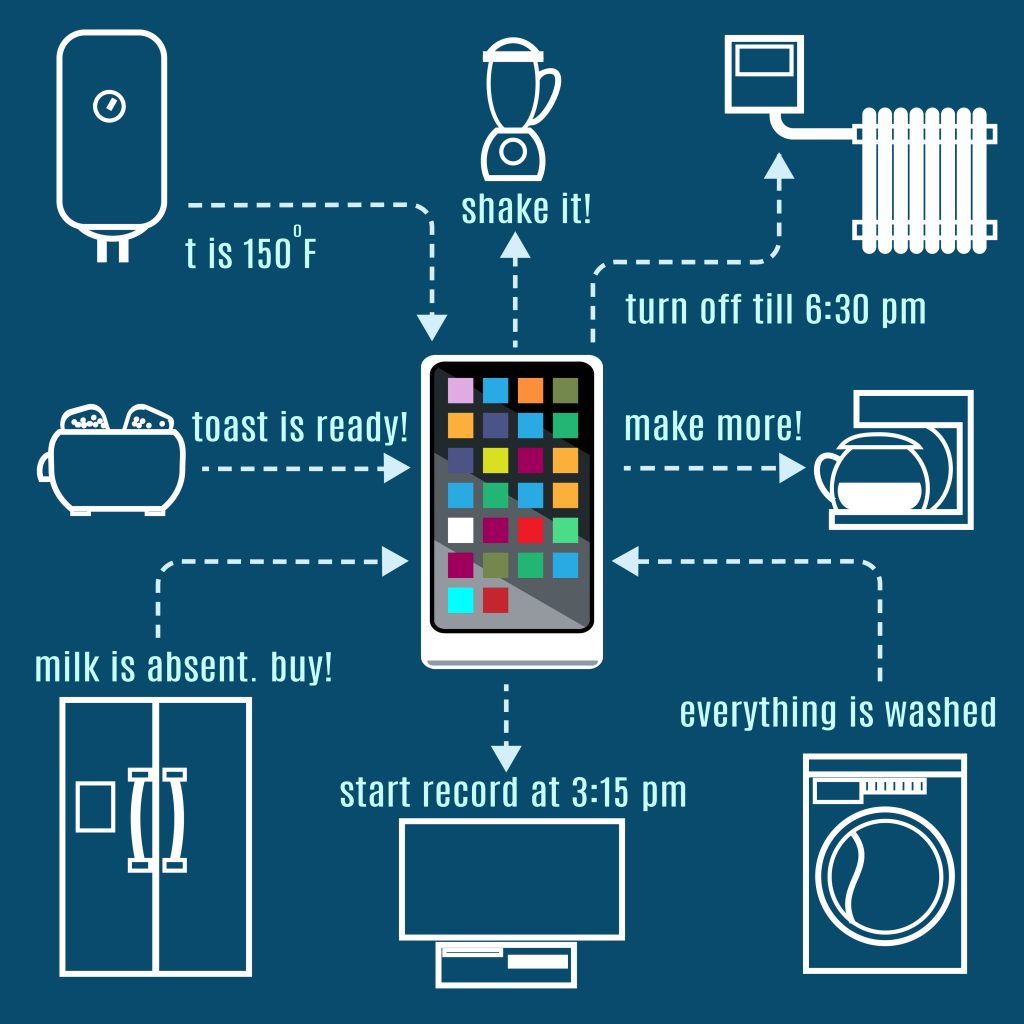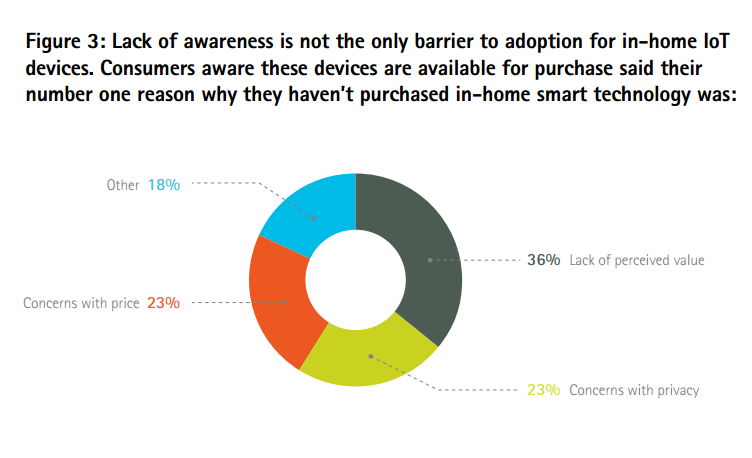
What happens when you buy a smart device and try to act cool? Probably you haven’t yet figured out how to use that darn thing! Pfft!
I don’t want to make you paranoid, but it’s a fact that your smart devices are literally talking behind your back…
Yeah, IoT is reaching out to every tech horizon, promising a smart, internet-connected network of devices that vigorously collect user data and ‘intelligently’ acts upon it. Startups to enterprises are investing big in IoT applications and products to get a piece of the profit. Why? Because, the IoT market is expected to touch a gigantic worth of $267 billion by 2020, comprising 25 billion devices.
Can we just a take a moment to realize how big the network is going to be?
Call it a technology, network or a platform, it is letting people control and manage operations at their fingertips. So, before we move any further…
Let’s Us First Decode The Fuss About IoT – The Internet Of Things And Its Status
I understand you are here to design and create outstanding IoT apps. But first, let’s us have a quick understanding of IoT.
Internet of Things enables a network of smart devices connected with internet and an identifier. There is an embedded technology that communicates with the devices in the external environment. While there are definitely few naysayers who are always questioning the capability of IoT, the potential is staggering.
According to a research done by Accenture, 87% of these naysayers are those who don’t understand the potential of IoT and hence can’t assess its value.

But trust me, there’s a continuous roll out of new smarter devices everyday. It’s clear that the hype is taking over the naysayers anyway. The reason behind? It’s overwhelming to control our environment with gestures, sensors, sound just by giving look.
Things may look pretty from outside but it’s a challenge for IoT applications startups to overcome the adoption barrier. If you are planning to invest big in IoT apps and products, you need to understand what’s holding IoT back and act upon it. And nothing will yield a better result than an outstanding UX design. It will grease the wheels for your IoT app idea to let it fulfill the job. And definitely an experienced IoT app development team.
So, without any further ado, let’s jumpstart into the best UX tips that you must follow to design IoT apps!
1. Make Your User Feel Badass : Enhance Their Experience
Start imagining like, “What if your coffee pot connects with your watch?”. See, how it interesting it gets.
But there’s a catch – you are not justifying why you want to connect something to the internet. Rather you thinking the other way round. You can go beyond making the user worry about the battery life, performance etc. And think about enhancing the user experience. If you think connecting the pot is not enhancing the experience – stop right there.
Takeaway? Don’t go overboard with anything that fails to make the experience good.
2. When Designing For IoT – Work Locally
I know Internet of Things has to be connected with Internet. But hey, can you assume to have a good internet connectivity 24*7?
A good way to start your app design is to connect with other options like WiFi or the offline mode. Considering the IoT in healthcare applications, there is a huge leap of success. Hospitals and clinic management have got easier than ever. It’s all about udnerstanding the pain and devising a solution for it, with or without using active internet connection.
When you design an application and try to connect it with a smart device, think of how less of internet connectivity can be implemented. Try using more sensors that work alone and give you the desired result.
3. Don’t Make Your User Uncomfortable – Focus On Familiarity And Similarity
If you are designing a smart app for a smart car, you will probably think of:
– Enabling user to lock, unlock and start their car remotely
– Making the user feel the same way as they drive their car
If you are not making them familiar with their environment, it can be a turn-off. So, design a solution that connects the user with their cars, that makes them feel familiar. Don’t let them feel like they have stepped into an unknown territory. And this is not only applicable to apps for smart cars but for any smart IoT app, you design.you are aware of the new trends happening in IoT but not your user. Make things straightforward and familiar.
4. Be Prepared For The Premeditated User Actions
To predict and adapt to new situations is one of the major characteristics of IoT. It is going beyond singular actions in the interfaces.
So, plan your interfaces which can predict the series of task for your user. Whether it is a simple gesture, a movement or a voice command, there can be a series of familiar steps for the user. You can even keep reactions that are not yet initiated by the user.
For example, Nest, smart home app, learns user habits, the usage pattern and intelligently involves it in the next step. Understand your user habits and help him get the next action done, without many interactions. Be it smart car or smart home applications, be intelligent while designing the UX.
5. And Finally, Build A UX That Nurtures Users’ Trust
In maximum cases, IoT applications are entrusted by the end users to do things that they were doing themselves. This can be a huge behavioral leap and it is the trust that will let them delegate the task. If your IoT app idea is not giving them reliability and they lose trust- rest assured that it’s gonna be impossible to gain it again.
But, if you are focusing on the UX and ensuring to turn your user’s fragile trust into rock solid one- you are in the right direction. Wondering why big and successful IoT brands have employed high-end designers? Not to show off my friend.
Takeaways
Amidst all these technicalities, never forget that you are connecting people and not just smart products. Create an experience that opens up in familiar interactions and encourages people to interact even further. Develop a connected future that allows for interaction and more productivity. This is not just about cutting corners but gaining individual experience that will benefit the environment as a whole.



